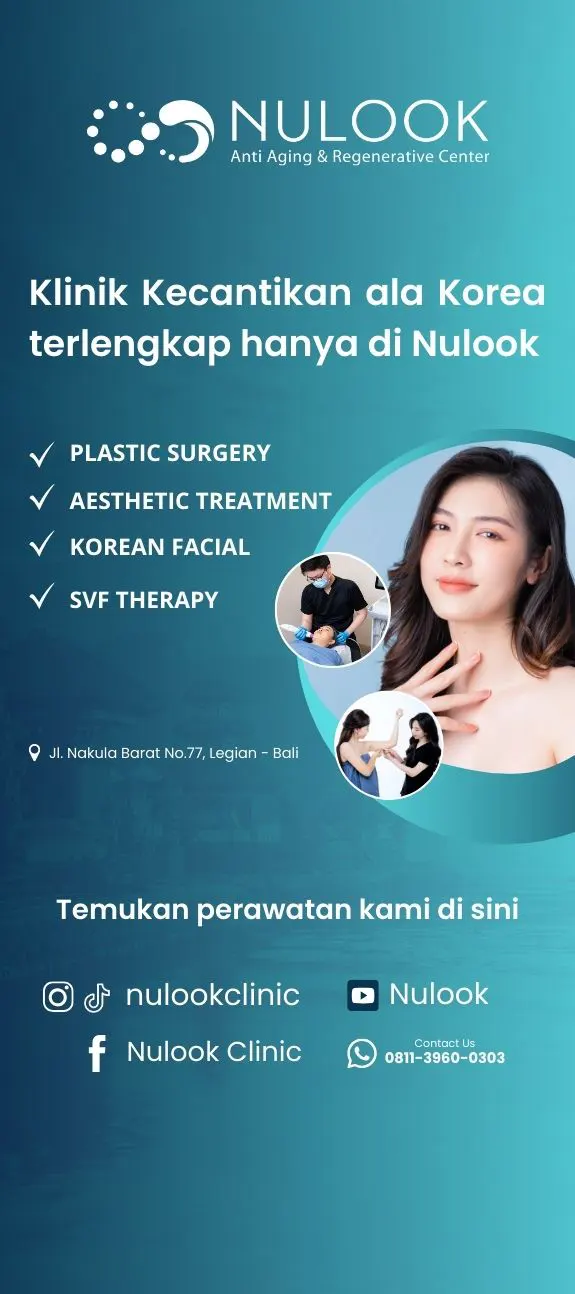5 Causes of Cystic Acne and How to Treat It
Author: Nulook ExpertiseReview by: -Cystic acne is more than just a common skin issue—it’s a severe form of acne that can be painful, inflamed, and challenging to treat. Unlike regular pimples, cystic acne develops deep within the skin, often leaving stubborn scars. But what exactly causes cystic acne to appear on your face?
Let’s explore the main causes and the best ways to treat cystic acne so you can restore clear and healthy skin!
What Is Cystic Acne?
Cystic acne is the most severe type of acne, often causing discomfort and long-lasting scars. Unlike surface-level acne, cystic acne forms deep beneath the skin’s layers, creating swollen, painful lumps filled with pus.
It occurs when pores become clogged with excess oil, dead skin cells, and bacteria, triggering intense inflammation under the skin. Due to its deep-rooted nature, cystic acne does not respond well to typical acne treatments. In fact, squeezing or popping cystic acne can worsen irritation and lead to permanent scarring.
That’s why understanding its causes and choosing the right treatment approach is crucial.
Read Also: Types of Acne and How to Overcome Them: Powerful Tips for Acne-Free Skin
What Does Cystic Acne Look Like?
Cystic acne often resembles boils—large, inflamed red bumps that can be painful. Here are some common characteristics:
- Large, swollen red lumps beneath the skin.
- Painful to touch.
- Vary in size, from a small pea to a coin-sized bump.
- Filled with pus that may appear white or yellowish.
- Can rupture, leading to crusting or open sores.
Where Does Cystic Acne Appear?
Cystic acne typically develops in areas with a high concentration of oil glands. Aside from the face, it can also appear on:
- Back
- Buttocks
- Chest
- Neck
- Shoulders
- Upper arms
Causes of Cystic Acne
Cystic acne doesn’t occur without reason. Several internal and external factors contribute to its formation. Let’s break them down:
1. Excessive Sebum Production
Excess oil (sebum) increases the risk of clogged pores, creating an ideal environment for bacteria to thrive. When sebum mixes with dirt and dead skin cells, it leads to deep inflammation and cystic acne.
2. Propionibacterium Acnes (P. acnes) Bacteria
This bacteria naturally exists on the skin but can multiply rapidly when trapped in clogged pores. As a result, it triggers inflammation and worsens cystic acne.
3. Hormonal Changes
Androgen hormones, which spike during puberty or menstrual cycles, stimulate excess oil production, increasing the likelihood of cystic acne. Conditions like Polycystic Ovary Syndrome (PCOS) can also cause hormonal imbalances that lead to severe breakouts.
Read Also: 5 Differences Between Fungal Acne and Breakouts
4. Genetic Factors
If cystic acne runs in your family, you may have a higher risk of developing it. Genetics influence how much oil your skin produces and how your body responds to inflammation.
5. Using the Wrong Skincare Products
Heavy or comedogenic skincare products can clog pores and worsen cystic acne. It’s essential to use non-comedogenic products tailored to your skin type to prevent further breakouts.
How to Treat Cystic Acne
Since cystic acne is a severe form of acne, it requires targeted treatment. Here are some effective solutions:
1. Consult a Dermatologist
The best way to manage cystic acne is by seeking professional guidance. A dermatologist can assess your skin condition and recommend the right treatment plan.
In some cases, cystic acne may be linked to underlying hormonal issues, so a thorough diagnosis is crucial.
2. Prescription Medications
Several medical treatments are available for cystic acne, including:
- Isotretinoin: A powerful acne medication that reduces oil production, inflammation, and breakouts. Due to potential side effects, it should only be taken under medical supervision.
- Oral Antibiotics: These help control bacterial growth and inflammation, though they are typically used for short periods to avoid bacterial resistance.
- Topical Retinoids: Retinoid creams or gels, such as tretinoin or adapalene, promote cell turnover and prevent pore blockages. However, they can make the skin more sensitive to sunlight, so sunscreen is essential.
3. Use Non-Comedogenic Skincare Products
Choosing the right skincare products is crucial for acne-prone skin. Look for labels that say non-comedogenic to ensure they won’t clog your pores. Avoid heavy, oil-based products that can exacerbate acne.
Read Also: 9 Effective Ways to Treat Itchy Acne
4. Cleanse Your Face Regularly
Keeping your skin clean helps prevent pore blockages. However, over-cleansing or using harsh cleansers can strip the skin of its natural oils, triggering more oil production. Wash your face twice daily with a gentle, alcohol-free cleanser and always remove makeup before bed.
5. Avoid Popping Pimples
Since cystic acne forms deep under the skin, squeezing it can push bacteria further inside, worsening inflammation and increasing the risk of scarring. If you struggle with the urge to pop pimples, consult a dermatologist for safe extraction methods.
Say Goodbye to Cystic Acne with Acne Facial Treatments in Bali
If you’re looking for an effective and practical solution to combat acne, try the Nu Crystal Clear Facial Treatment at Nulook. This advanced acne facial treatment in Bali is specifically designed to target acne-causing bacteria and excess oil while promoting overall skin health.
Additionally, acne injections can be a quick solution to reduce inflamed cystic acne.
With a combination of deep cleansing, exfoliation, and skin rejuvenation, this treatment helps you achieve clearer, brighter, and healthier skin. Experience the transformation and boost your confidence today!
Book a consultation with Nulook’s skincare experts now! Contact us via WhatsApp or visit our clinic in Bali. Don’t let acne hold you back—achieve the glowing, acne-free skin you’ve always wanted!
References:
- Cleveland Clinic: Cystic Acne
- WebMD: Cystic Acne
- Medical News Today: Cystic Acne


